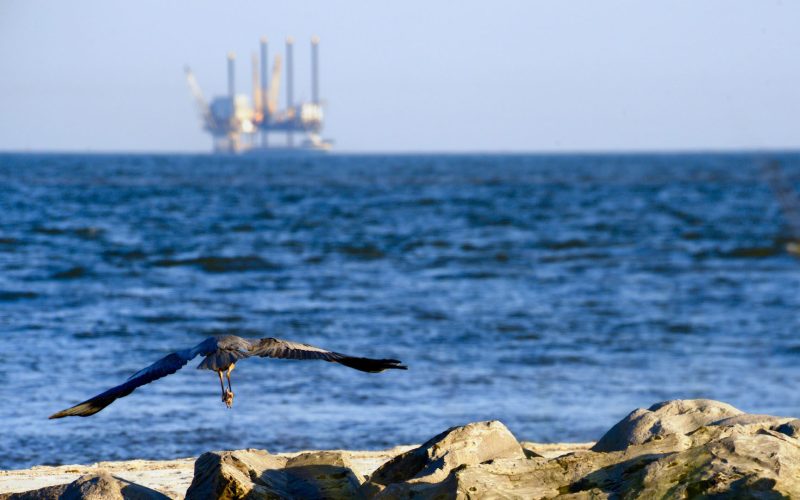THE VOICE FOR THE ENERGY CONSUMER

Senate Minority Leader Kenny Yuko and Senator Theresa Gavarone provided a bipartisan outlook on the importance of Line 5, discussing Consumer Energy Alliance’s recent independent third-party analysis on the impact.

Consumer Energy Alliance Highlights Need to Balance Environment and Economy During U.S. House and Senate Offshore Energy Hearings WASHINGTON, D.C. – Consumer Energy Alliance, the leading voice for sensible energy.

Since its foundation, Consumer Energy Alliance (CEA) has advocated for a balanced and thoughtful “all-of-the-above” energy and environmental policy that ensures price stability and reliability for consumers. CEA also supports.

Wind and solar make most of the headline renewable news, but they aren’t the only ones. If you’ve ever wondered about the alternative and renewable energy sources available in the.

Consumer Energy Alliance requested an independent analysis on the impact a shutdown of the Line 5 pipeline would have in states across the Midwest which brought into focus the consequences.

CEA’s independent, third-party analysis on the importance of Line 5 was discussed in the context of mounting job losses in both the United States and Canada if the pipeline was.

CEA Mid-Atlantic’s Mike Butler testified in support of legislation protecting consumer choice in Pennsylvania, ensuring that families and businesses have access to affordable and reliable supplies of natural gas. Michael.

Line 5 delivers energy that affordably fuels the lives and livelihoods of countless consumers, farmers and businesses across Michigan, Ohio, Indiana, and Pennsylvania. The impact of which was brought to.

Recently, Consumer Energy Alliance looked at the environmental benefits that have accompanied the increased use of natural gas in Louisiana in our Louisiana Emissions Analysis and the positive impact it.

Harrisburg, PA – Consumer Energy Alliance (CEA), the leading energy and environmental advocate for families and businesses, today testified at a Pennsylvania Senate Environmental Resources and Local Government Committee hearing.